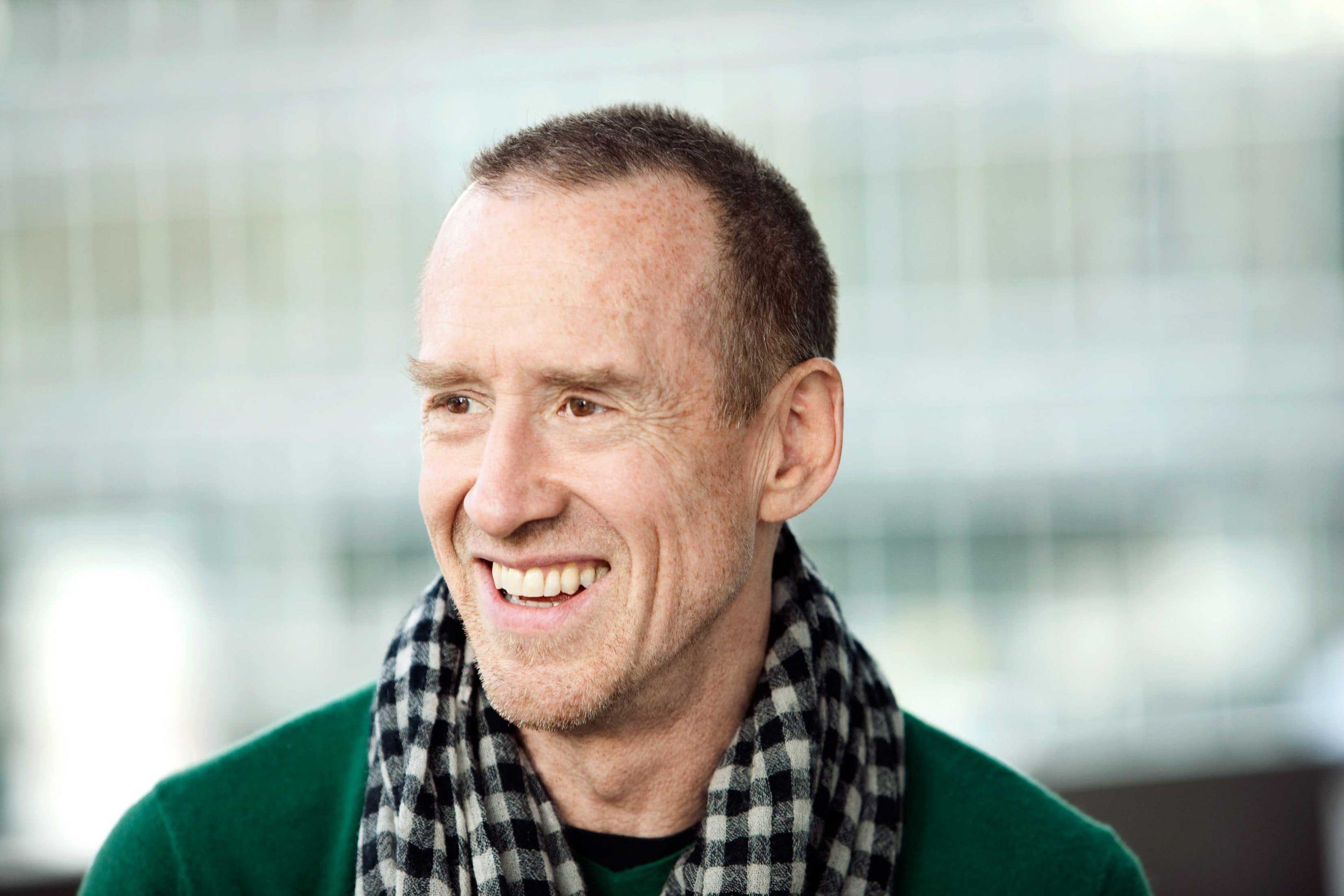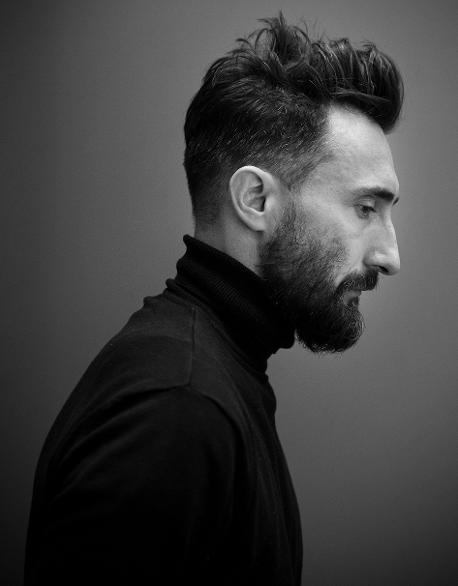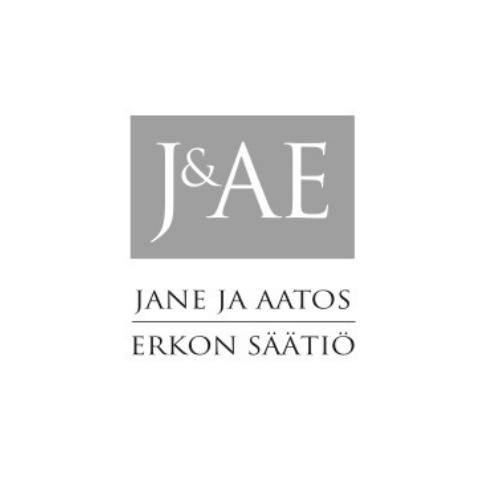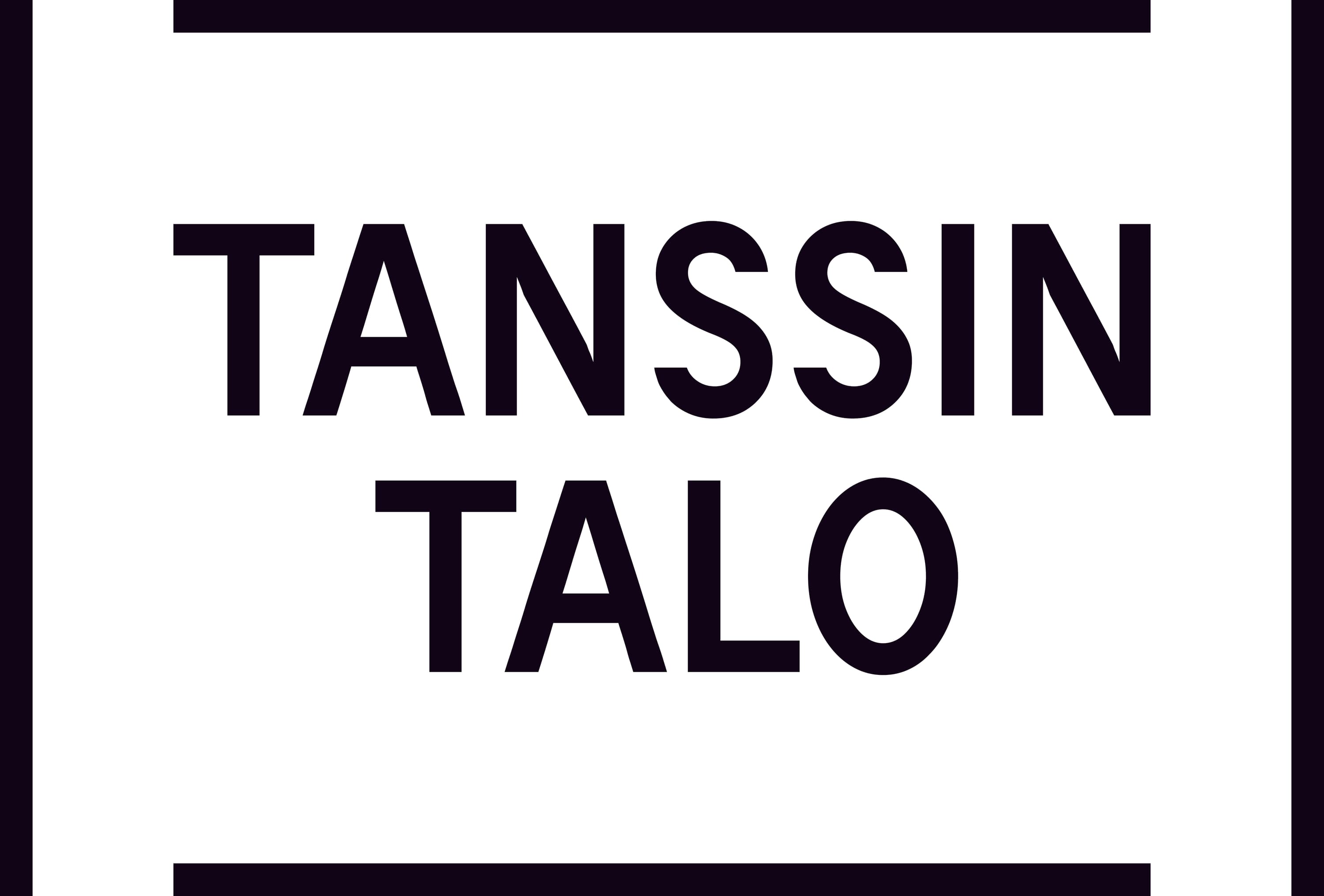Lyon Opera Ballet has distinguished itself particularly as a contemporary dance and contemporary ballet company. Lyon Opera Ballet not only maintains a high technical level to meet the demands of the world's most renowned choreographers, but also constantly seeks new forms of expression by commissioning works from contemporary choreographers.
Lyon Opera Ballet arrives at the Dance House Helsinki with an evening of three works by choreographer William Forsythe and Pierre Pontvianne, giving the dancers a chance to present their astonishing virtuosity.
The performances are part of the Dance House Helsinki's series of international guests, which brings the most interesting dance groups and artists to Finland. The series is supported by the Jane and Aatos Erkko Foundation and will take place during the opening years of the Dance House Helsinki 2022-2023.
Intermission after the first piece BEASTS POEM. After the second piece, there will be a break of about 5 minutes for a technical change.
BEASTS POEM
Each choreography by Pierre Pontvianne confirms his individual vision of movement. As his recent creations Janet on the Roof (2016), MASS (2016) and PERCUT (2020) prove, the same question always remains, sometimes through the most skilful creations and sometimes almost disappearing: what need does dance respond to in a changing world? Precisely intersecting music, space and time, Pontvianne's works play with lines and their ruptures, rebellion and dispersal. At the heart of these choreographic creations, the individual always defies the common rule. In the face of strict constraints, the interpreter manages to draw on resources believed to be unattainable. All his works resonate with the forces and ruptures of the world. Pontvianne's tenacity and finely honed choreographic style are reflected in the struggles and glimmers of hope in BEASTS POEM.

N.N.N.N.
There is something play-like in this four-man quartet. It's like an unbridled state of being, where the structure of the movement opens up meaning through its simplicity and then gives way to an increasingly complex mechanism. What can you do with one or two arms? Hands and feet each have their own muscles and joints. Based on the architecture of the body's members, N.N.N.N. mischievously explores with relish all bodily expressions, both familiar and strange. As solo, duo and quartet, this fragile balanced group of four N's melds together, losing their balance and harmonizing - like one organism composed of several separate parts. In tempo with the ever-accelerating mechanism, these four interpreters form a layering of movements and sounds, like a living percussion instrument in which every touch and friction resonates - a kinetic and resonant quartet in which rhythm reveals the precision of movement, and movement reveals the shifting structure of space.

One Flat Thing, reproduced
There is a programmatic dimension to the title of the work, from which its visual objective is immediately apparent. The whole choreographic aim is intertwined in the "reproduced flat thing" - the twenty tables - above, below, in the middle and in between. The geometric structure of the tables forms a playground of controlled chaos occupied by 14 dancers where they throw, push, retreat and slide, bringing abstract surfaces to life through the interventions of their colourful bodies. The dancer's body, which Forsythe ceaselessly observes and explores, examining its expressivity and geometry, is neither flat nor reproducible: it is a three-dimensional, effervescent, physical and frenetic flux.
The collision of two entities creates a tension in the work: a fluctuation between simultaneity and disorder, between sliding and friction "as an unstoppable force meets a stationary object". In the shared frenetic pace, rhythmically accompanied by Thom Willems' electronic composition, each dancer's movement can affect the whole group. In their intensity, together they explore a playing field of endless possibilities – a passionate choreography that gradually conquers the field of perception, earning the attention of the audience.
Introductions by Gilles Amalvi

Lyon Opera Ballet
As soon as Louis Erlo became director at “Opéra Nouveau de Lyon” in 1969, he gave dance a place at the heart of the organisation. For the first time, an opera house outside of Paris devoted entire events to dance and its ballet company.
Particularly invigorating for the Ballet was the opening to the world through its first directors, the Italian Vittorio Biagi, then the Yugoslav Milko Speremblek and the New Zealand Gray Veredon, who were all at the forefront of the dance avant- garde of the time.
But, as of 1985, it was Françoise Adret who gave the company a resolutely plural turn. Her mission was to give the troop a national and international dimension. She built up a repertory based on a twofold spectrum : great international choreographers at the time still up and coming (including the likes of Jiří Kylián, Mats Ek, Nacho Duato or William Forsythe) and an opportunity given to “young French dance” (Mathilde Monnier, Maryse Delente, or Angelin Preljocaj).
The company continually looks back to the history of dance, at the contemporary scene, and at what it will be tomorrow. Together with a plethora of styles and choreographers of different ages, origins and backgrounds, the strength of the Lyon Opera Ballet comes from the very absence of any particularity–unless it is just that: the highly diverse repertory as sought out by Yorgos Loukos.
Under the direction of Julie Guibert, the Lyon Opera Ballet continues to discover new areas for contemporary creation while continuing to meet the technical demands of the great choreographers. It is still finding new ways of celebrating dance, turning the spotlight on the way dancers interpret the choreography. It wants to broaden the current spectrum by providing a sensitive counterpoint to the creation of choreographic art, while giving a special place to the creation of meaning, language, voices and collaboration across different disciplines.
William Forsythe

William Forsythe has worked as a choreographer for over fifty years. His acclaimed work has reoriented ballet from the classical repertoire to a dynamic 21st century art form.
Forsythe danced with the Joffrey Ballet and then with the Stuttgart Ballet, where he was appointed resident choreographer in 1976. In 1984 he became director of the Frankfurt Ballet, a position he held for twenty years before founding and directing The Forsythe Company until 2015.
Forsythe's deep interest in the fundamentals of organisation has led him to produce a wide range of projects, including installations, films and web-based knowledge creation.
His stage works are performed by companies around the world, and his installations are exhibited in international exhibitions and museums. Forsythe has received numerous awards, including the Golden Lion at the Venice Biennale and the German Theatre Prize Der FAUST, both for lifetime achievement.
Pierre Pontvianne

Winner of the Prix de Lausanne 1999, Pierre Pontvianne has worked with various companies internationally. He also worked on a number of alternative choreographic projects before founding the company PARC in 2004 in Saint-Étienne.
Since 2012 Pierre Pontvianne’s work has been presented in a large number of international festivals (June Events, Paris, Biennale de la danse, Lyon, Rencontres Chorégraphiques Internationales de Seine Saint-Denis. His work has also been shown in venues such as: Comédie de Saint-Étienne, Maison de la Danse de Lyon and Théâtre de la Ville de Paris.
Pierre Pontvianne says of his own work: “I don’t merely look for meaning or surprise but rather the place where the two collide."
Pierre Pontvianne is an associate artist at l'Atelier de Paris / CDCN from 2021 to 2024.
Pierre Pontvianne - BEASTS POEM
Choreography and costumes
Pierre Pontvianne
Light design
Valérie Colas
Set design
Pierre Treille
Text and reading
Ikram Benchrif
Dancers
Marie Albert, Eleonora Campello, Alvaro Dule, Caelyn Knight, Paul Gregoire, Lore Pryszo, Leoannis, Pupo-Guillen, Anna Romanova, Raúl Serrano Nunez, Merel Van Heeswijk, Paul Vezin
William Forsythe – N.N.N.N
Choreography
William Forsythe
Music
Thom Willems
Set and light design
William Forsythe
Dancers
Alvaro Dule, Paul Vezin, Leoannis Pupo-Guillen, Paul Gregoire
Performed by
Lyon Opera Ballet
One Flat Thing, reproduced
Choreography
William Forsythe
Music
Thom Willems
Set and light design
William Forsythe
Costumes
Stephen Galloway
Performed by
Lyon Opera Ballet
Dancers
Marie Albert, Jacqueline Baby, Eleonora Campello, Alvaro Dule, Brendan Evans, Paul Gregoire, Marco Merenda, Yan Leiva, Caelyn Knight, Albert Nikolli, Chiara Paperini, Raúl Serrano Núñez, Giacomo Todeschi, Anna Romanova, Maeva Lassere (cover), Edi Blloshmi (cover)
Supported by



